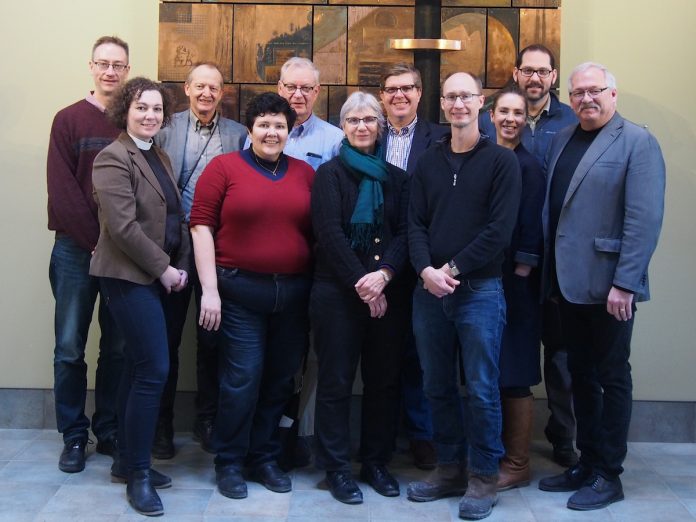At the 2016 General Synod, the Anglican Church of Canada opted to enter into a dialog with the Mennonite Church Canada. The resolution explained that Anglicans and Mennonites had never entered into any kind of recognized dialog despite shared origins in the ferment of the protestant reformation.
In wondering why these two faith traditions had never conversed together, the resolution offered an explanatory section called “Why Mennonites, and why now?” that said;
The Anglican Church of Canada is in the process of acknowledging and adapting to a new context, one characterized by a diminishment of resources, influence, and status. No longer holding a privileged place in Canadian society, we exist as simply one religious option among others in a society that is increasingly embracing no religion at all.
In contrast, Mennonites have often existed as a church on the margins, both historically and in the contemporary Canadian context. Their conviction that conformity to Christ necessarily implies nonconformity to the world has over the centuries put them in conflict with wider society and other churches, sometimes resulting in persecution. The Mennonite tradition’s particular commitment to peace, justice, and non-violence frequently puts it at odds with the predominant culture, yet it remains a faithful and vibrant expression of the Christian faith.
As the Anglican Church of Canada enters a new stage of its life, we ask if there is something we 2 can learn from our Mennonite sisters and brothers about living faithfully as disciples of Jesus on the margins of society, recognizing that “to live old patterns in this new reality trifles with the truth of our circumstances.”
But perhaps the most telling reason expressed in the resolution was the understanding that the privileged position of the Anglican Church in Canada has slipped away and the church needed to learn how to be a church in this new paradigm and that the Mennonites might have much to teach.
The first official dialog recently occurred in Waterloo, Ont., February 2-3 according to a report in the Anglican Journal.
The goal of the dialogue at this point is primarily for each to learn from and be enriched by the other, says [the Rev. Scott]Sharman. “I don’t think that anyone would take anything off the table as possibilities of what it might grow into, but also, at the same time, we’ve not gone into it with a stated goal of working towards establishing a full communion relationship such as we have with the ELCIC [Evangelical Lutheran Church in Canada],” he says. “I think there’s an openness to seeing where the spirit leads and where the conversations take us, but the path hasn’t necessarily been set out in advance.”
It is clear what the Anglicans are hoping to derive from these conversations, but what might be the goals of the Mennonites? According to Sharman the Mennointes see the Anglicans as a church able to hold together (more or less) despite contrasting opinions, expressions, and approaches.
“They see in Anglicanism…how to be a church that is comfortable with reconciled diversity, that allows for healthy disagreement or good disagreement within a big tent, as something they could learn from,”
According to the Mennonite Co-chair, Melissa Miller, there is also interest and curiosity on their part in the liturgical and aesthetic traditions of Anglicanism;
“There are a number of individuals who have grown up in Mennonite churches who find themselves drawn to or leaning into Anglican traditions,” she says. “When I speak with some of those individuals, they speak of the very beautiful liturgy, the frequency of communion, the respect for the Word, for the Bible—those are some of the things that draw them into Anglican worship.
“Our worship, and our worship spaces, are often very simple…there has been a simplicity and a purity of form that can be quite beautiful and satisfying, and it also can leave people hungry for colour or for ritual or for art,” Miller says.
image: Members of the Anglican Church of Canada-Mennonite Church Canada dialogue at their first meeting in Waterloo, Ont., February 2-3. From the Anglican Journal

